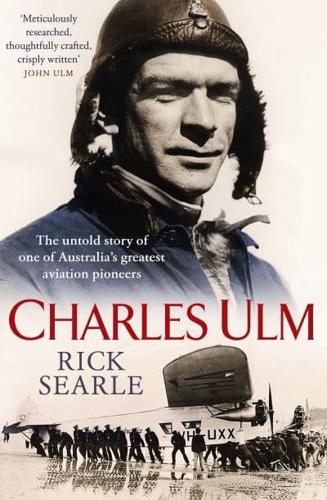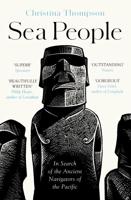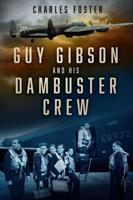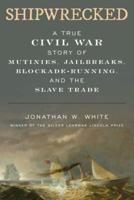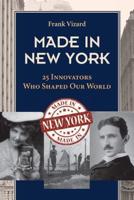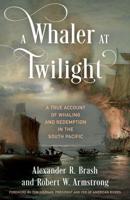Publisher's Synopsis
Charles Ulm and Charles Kingsford Smith were the original pioneers of Australian aviation. Together they succeeded in a number of record-breaking flights that made them instant celebrities in Australia and around the world: the first east-to-west crossing of the Pacific, the first trans-Tasman flight, Australia to New Zealand, the first flight from New Zealand to Australia. Business ventures followed for them, as they set up Australian National Airways in late 1928. Smithy was the face of the airline, happier in the cockpit or in front of an audience than in the boardroom. Ulm on the other hand was in his element as managing director. Ulm had the tenacity and organisational skills, yet Smithy had the charisma and the public acclaim. In 1932, Kingsford Smith received a knighthood for his services to flying, Ulm did not. Business setbacks and dramas followed, as Ulm tried to develop the embryonic Australian airline industry. ANA fought hard against the young Qantas, already an establishment favourite, but a catastrophic crash on the airline's regular route from Sydney to Melbourne and the increasing bite of the Great Depression forced ANA's bankruptcy in 1933. Desperate to drum up publicity for a new airline venture, Ulm's final flight was meant to demonstrate the potential for a regular trans-Pacific passenger service. Somewhere between San Francisco and Hawaii his plane, Stella Australis, disappeared. No trace of the plane or crew were ever found. In the years since his death, attention has focused more and more on Smithy, leaving Ulm neglected and overshadowed. This biography will attempt to rectify that, showing that Ulm was at least Smithy's equal as a flyer, and in many ways his superior as a visionary, as an organiser and as a businessman. His untimely death robbed Australia of a huge talent.
